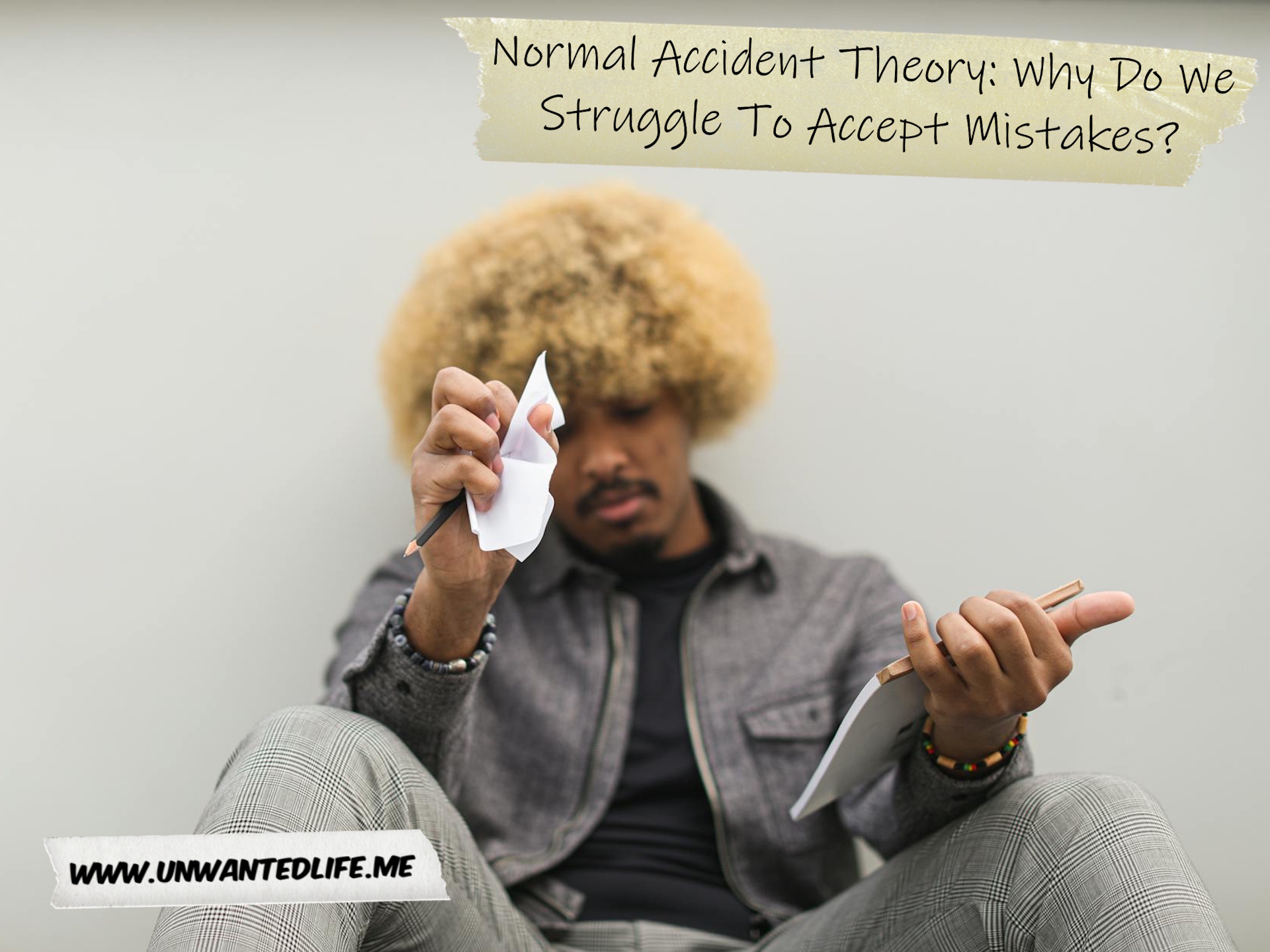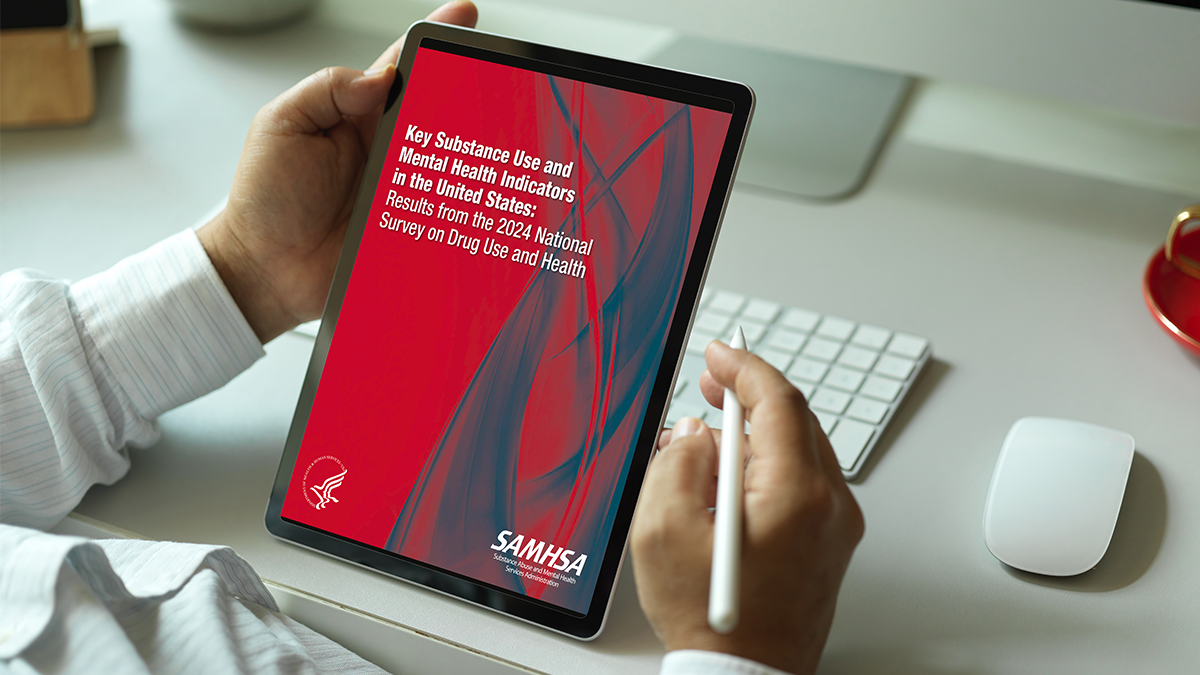In essence, this article is about perfectionism, but it is done through the lens of the Normal Accident Theory. Or is it? I promise this will make more sense once you’ve read this article.
What Is Normal Accident Theory
The Normal Accident Theory, developed by Charles Perrow, suggests that accidents are inevitable in complex, tightly coupled systems. According to Geraghty (2024), Perrow outlined three conditions which make any system more prone to suffering an accident. The first condition is that the system is highly complex, as having lots of components can lead to less predictable interactions and thus increase the likelihood of some sort of failure.
The second condition is that if the system is tightly coupled, then elements within the system are closely connected and dependent, meaning a failure in one part will impact others. The last condition is if the system has catastrophic potential, meaning that if the stakes are high, then a failure can lead to severe consequences.
The Normal Accident Theory suggests that accidents/mistakes are essentially unavoidable in complex, tightly coupled systems, particularly those dealing with high-risk technologies. But while the Normal Accident Theory primarily focuses on industrial accidents, its principles can offer insights into self-care and perfectionism.
What Can The Normal Accident Theory Teach Us About Our Wellbeing
Reduce complexity
When it comes to the Normal Accident Theory and what it was originally created for, complexity would mean that damaged components may be hard to remove/replace, and thus the whole system needs to be considered when trying to do that (Tasca, 2024). To mitigate such issues, adding redundancies is important.
It’s also important to try to reduce complexity by incentivising simplicity over complexity (Geraghty, 2024). Our lives are complex systems with interconnected parts (physical health, mental wellbeing, relationships, work, etc.). A disruption in one area can cascade and affect others. So, how can we reduce complexity and add more simplicity into our lives so we can reduce the complexities in our modern lives? Building in self-care as a redundancy might be one idea.
Recognise the complexity of our life system and the potential for unexpected interactions. Be mindful of how different areas affect each other. Embrace simplicity as a form of voluntary minimalism in our lives.
Perfectionism often involves setting complex and demanding goals and tasks. Achieving these goals requires managing multiple steps and variables, increasing the chance of something going wrong. Thus, we set ourselves up to fail. So we need to stop doing that and make our goals realistic. Applying SMART goals to our goals is a good way to do that, or to simplify our goals into a series of goals so they’re easier to manage.
Pressure
In everyday life, we often find ourselves under pressure, sometimes from external sources, but also from internal sources, from ourselves. The pressure we put on ourselves, these expectations, aren’t always grounded in fact or reality; often, they’re something we’ve artificially created for ourselves.
Tasca (2024) wrote about the Normal Accident Theory and how it affected NASA, which highlights the problem with pressure. They talked about how pressure from outside organisations (external sources) through their exercise of power can impede an organisation’s (or person’s) ability to assess risk appropriately. The result of this is an increased likelihood of mistakes.
In everyday life, this can be taken to mean that the more bloated our workload is, the more likely we are to make mistakes, especially if we’re burning the candle at both ends or trying to multitask. Thus, single-tasking might work here.
Although we can find high standards and a certain amount of pressure as vitalising, when we feel compelled to reach the highest standards, that can lead to suffering (Binder, Woodfin, and Hjeltnes, 2023). Therefore, ask if the pressure we’re putting on ourselves is fair and reasonable or not, and if we’re getting pressure from somewhere external, ask the same question again: Are they being fair and reasonable?
Safety
Creating environments of safety, where people feel safe to raise concerns with the system, is important (Geraghty, 2024). Building on the Normal Accident Theory foundations, for us as people, creating safe spaces where people feel safe to open up is also vital. This will also help build resilience.
Reducing dependencies
When it comes to a system, it’s a good idea to have redundancies to avoid one component failing and taking down the rest of the system (Geraghty, 2024). For me, that sounds a lot like codependency in humans.
Codependency is a dysfunctional relationship dynamic that first grew to prominence in the field of addiction. However, it also refers to any relationship where a person assumes the role of “the giver” while someone else takes the role of “the taker” (Psychology Today, 2025). If you couldn’t tell, this is an unhealthy and potentially abusive relationship type.
Another way to look at reducing dependence using the Normal Accident Theory is if different aspects of our lives are tightly coupled (e.g., our mood is heavily dependent on work success), where a setback in one area can quickly lead to a crisis in another. Thus, removing the dependency of our mood on our success at work for internal validation would be a good thing to consider.

Normal accidents
Setbacks, failures, and unexpected events are “normal” in a complex life, just like they are in a complex system. Expecting a perfectly smooth journey sets us up for disappointment and potential mental health strain when these inevitable “accidents” occur. Remember, to “err is human” and is an unavoidable part of life.
History and human progress are littered by the drive to learn from our mistakes (Rasulova and Abbasov, 2024), such as the Romans learning from Hannibal during the Second Punic War on how to beat him at his own game. Penicillin was an accidental discovery by Dr Alexander Fleming that changed the world. Accidents, or in this case, mistakes, are things that can and will happen that we can use to learn from.
Loosen coupling
Because problems can come from things being too tightly coupled, trying to create more independence between different areas of our lives can be an effective antidote. For example, find sources of joy and self-worth outside of work. Try to make our happiness less based on things and people.
As I’ve already said, separate our self-worth from the achievement of specific goals and tasks. Recognise that our value is independent of our successes and failures.
Redundecies
We should make efforts to develop coping mechanisms and support systems to handle setbacks. This can prevent minor things from becoming something bigger. For example, don’t ignore opening your mail because you fear what the letters might say, as doing so will probably lead to worse problems, and it won’t reduce your worry or anxiety. Also, create a regular self-care schedule for ourselves.
Summary
Normal Accident Theory is not about excusing negligence or complacency. It’s about understanding the nature of complex systems and developing strategies to mitigate risks and build resilience, both in industrial settings and in our personal lives.
But also remember this: “shit happens“.
As always, leave your feedback in the comments section below. Also, please share your experiences with Normal Accident Theory, making mistakes, and perfectionism in the comments section below. Don’t forget, if you want to stay up-to-date with my blog, you can sign up for my newsletter below. Alternatively, click the red bell icon in the bottom right corner to get push notifications for new articles.
Lastly, if you’d like to support my blog, please find the PayPal and Ko-fi donation payment options below. Until next time, Unwanted Life readers.
References
Binder, P. E., Woodfin, V. I., & Hjeltnes, A. (2023). Perfection is a sad and lonely place: A study of existential vulnerability in the life stories of persons struggling with perfectionism. International Journal of Qualitative Studies on Health and Well-being, 18(1), 2219513. Retrieved from https://doi.org/10.1080/17482631.2023.2219513 and https://pmc.ncbi.nlm.nih.gov/articles/PMC10240977.
Geraghty, T. (2024, September). Normal accidents. Psych Safety. Retrieved from https://psychsafety.com/normal-accidents.
Psychology Today. (2025, January). Codependency. Psychology Today. Retrieved from https://www.psychologytoday.com/gb/basics/codependency.
Rasulova, S., & Abbasov, N. (2024). The Value of Mistakes: A Pathway to Experience and Wisdom. EuroGlobal Journal of Linguistics and Language Education, 1(1), 151-157. Retrieved from https://egarp.lt/index.php/EGJLLE/article/view/16/100.
Tasca, L. (2024). Normal accident theory and learning from major accidents at the National Aeronautics and Space Administration (NASA). Space Policy, 70, 101653. Retrieved from https://www.sciencedirect.com/science/article/pii/S0265964624000444.










